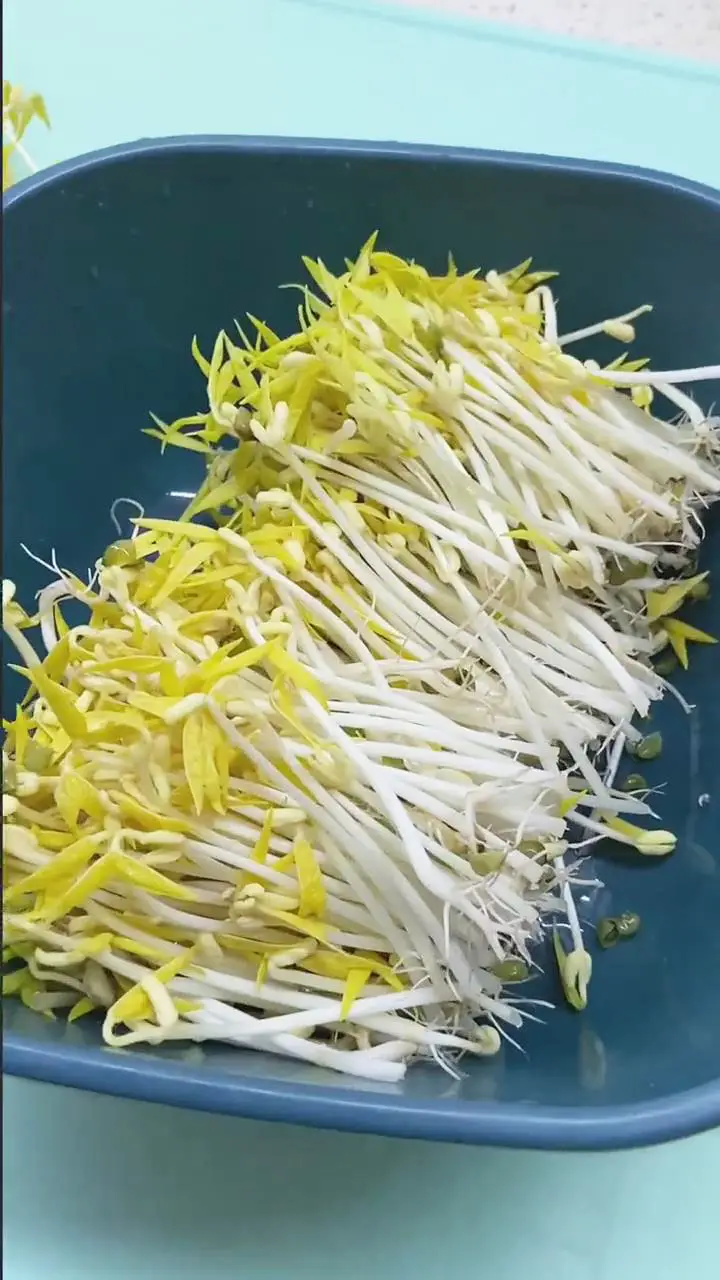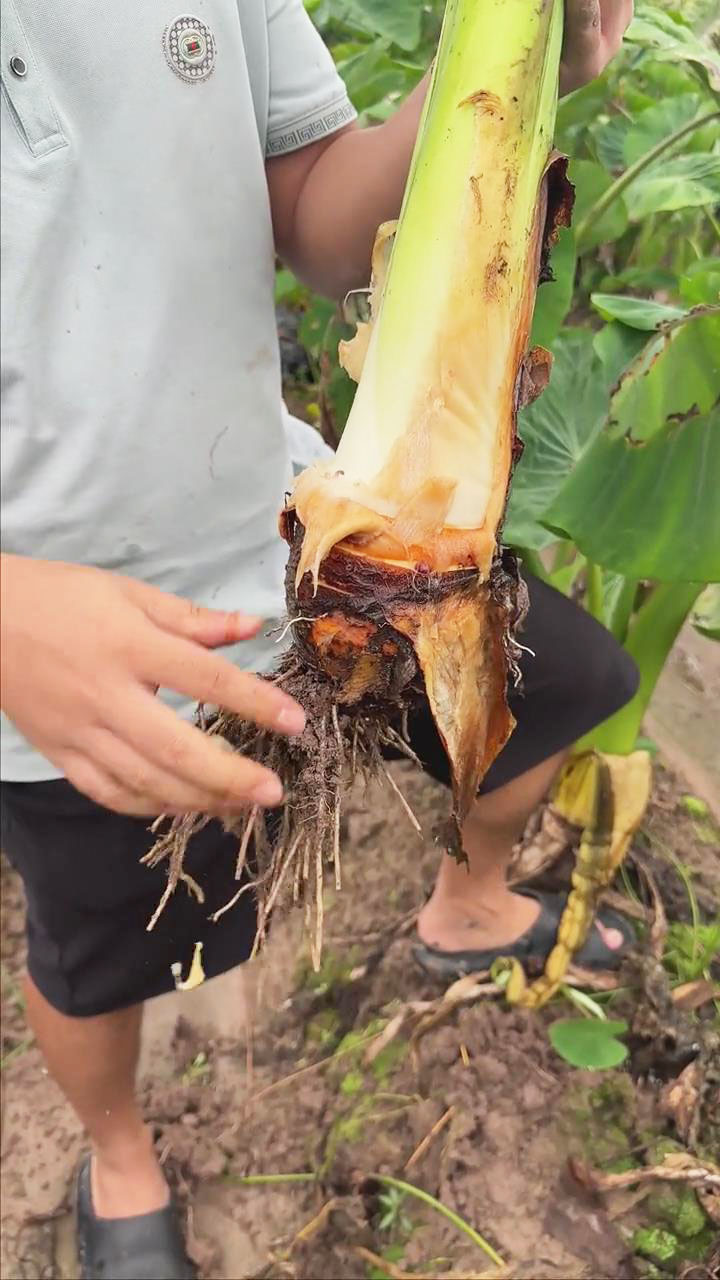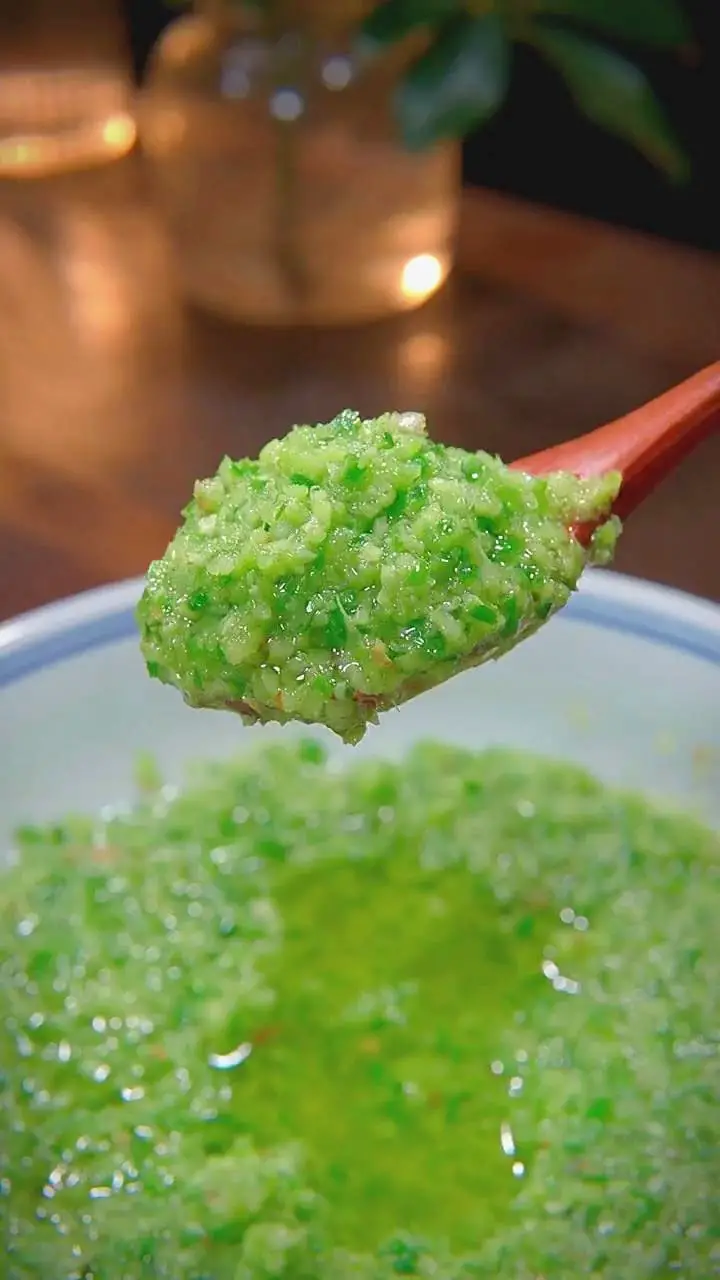Chestnuts and water chestnuts are two things that most people confuse for the other. They sound the same but are actually completely different types of plants. If you are planning to use chestnuts or water chestnuts for a recipe but aren’t sure which one to use, you have come to the right place for information.
In this detailed comparison guide, I outline the key similarities and differences between the two. The article covers the plant’s origin, appearance, taste, and texture. Moreover, I share tips and suggestions on how to cook and use chestnuts and water chestnuts.
What Are Chestnuts?
What Is It?

This is how the chestnut tree looks like
Chestnuts are edible fruits that grow from trees belonging to the plant family of Fagaceae. The tree produces sweet nuts with high contents of vitamin C, fiber, magnesium, and potassium. These are seasonal foods that are typically available during the autumn and winter months.
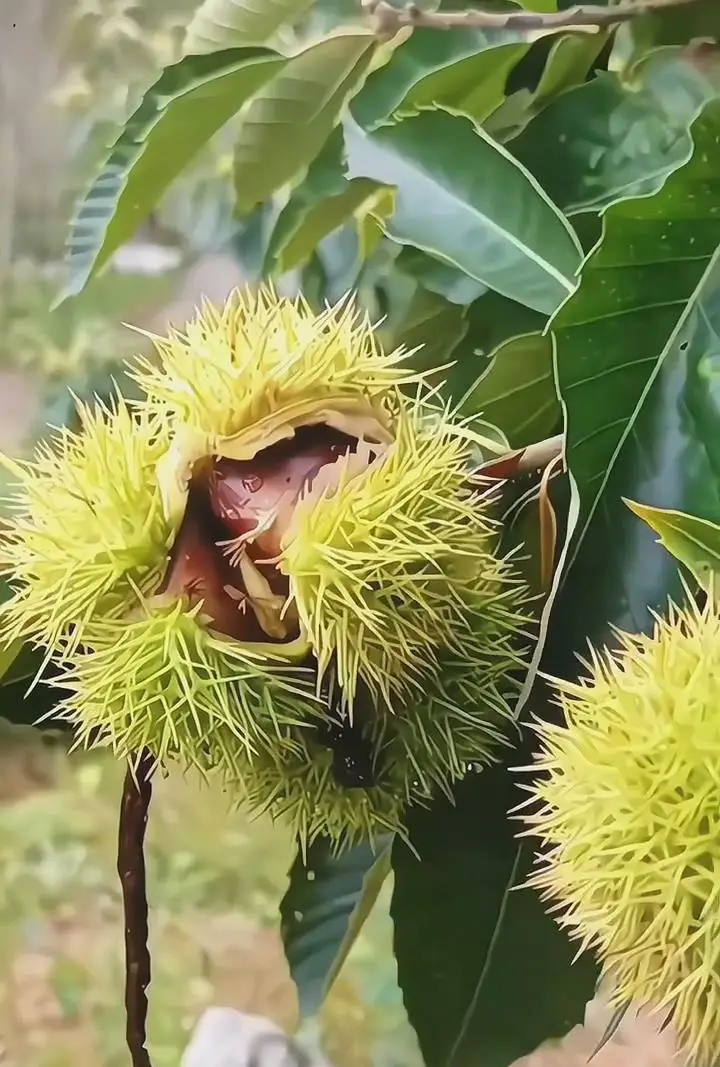
You can buy whole chestnuts in cans, jars, or fresh. It is also available in puree form in cans. Although this is seasonal, the canned variety is available all year round.
Appearance
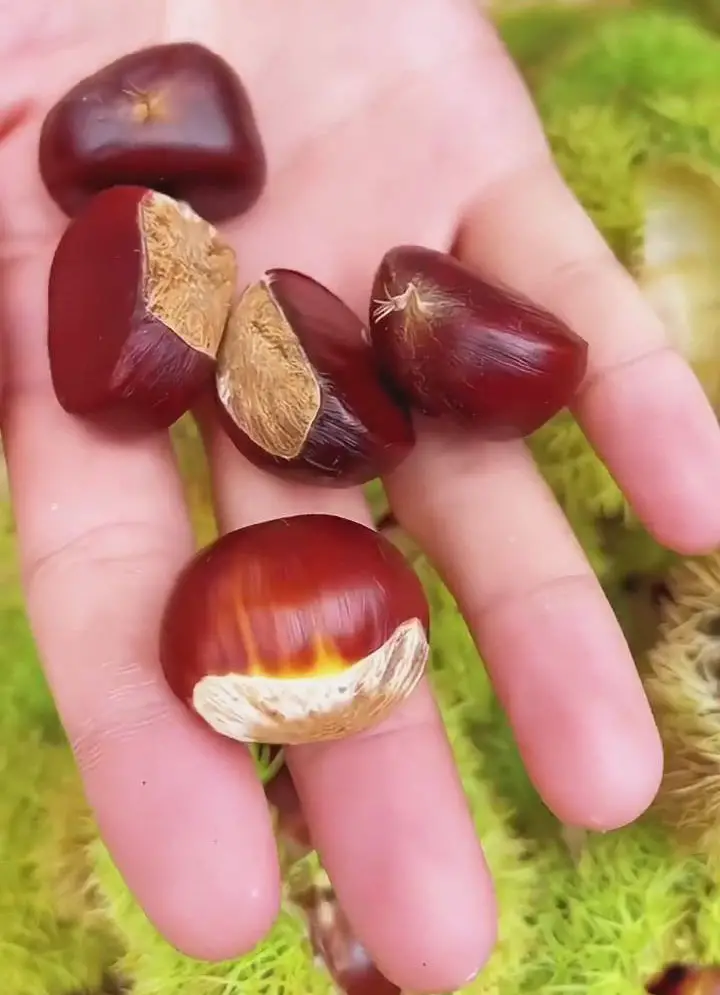
Chestnuts have an oval-shaped hard shell that is shiny, smooth, and dark brown. It comes in different shapes and sizes, depending on the type, such as American chestnut, Chinese chestnut, and European chestnut, to name a few.
Taste & Texture
It has a starchy and nutty flesh with a soft consistency. Cooked chestnuts are similar to a sweet potato because of its buttery and slight sweet taste. It is crunchy and slightly bitter when eaten raw, but once cooked, it will become soft and buttery.
How To Use Chestnuts
Although some may consume this raw, it is ideal to cook it first to avoid an upset stomach caused by tannins. Chestnuts can be boiled, deep-fried, steamed, roasted, or cooked in a microwave. If roasting chestnuts, you can roast in an oven or over fire.
A technique you can do when cooking chestnuts is to score the skin first. In this way, the chestnuts do not burst open and it makes it easier to peel off the skin. Here are several ways to impart chestnuts in recipes:
- Casserole
- Soups and stews
- Stuffing
- Roasted dishes
- Desserts (e.g. Mont Blanc)
- Snacks (e.g. mashed and served with butter)
- Fritters
- Cakes and cupcakes
- Pasta
- Salads
- Hummus
How To Store
Chestnuts typically spoil faster than others because of their high water content. When storing in the fridge, keep it in an airtight container to prevent air and moisture from coming in that can cause spoilage. It is recommended that you separate chestnuts from fruits and vegetables that release ethylene gas, an element that can speed up the spoilage of chestnuts.
If you have fresh chestnuts, you can store it in a freezer-safe bag and freeze it for up to six months. For dried chestnuts, it can be kept in the pantry at room temperature away from direct heat and sunlight.
What Are Water Chestnuts?
What Is It?
Water chestnuts, also known as Chinese water chestnuts and Eleocharis dulcis, are aquatic vegetables from the Cyperaceae plant family that grow underwater. It is an aquatic tuber that is commonly used in traditional Chinese medicine and dishes. These aren’t actually nuts but the corms of the vegetable.
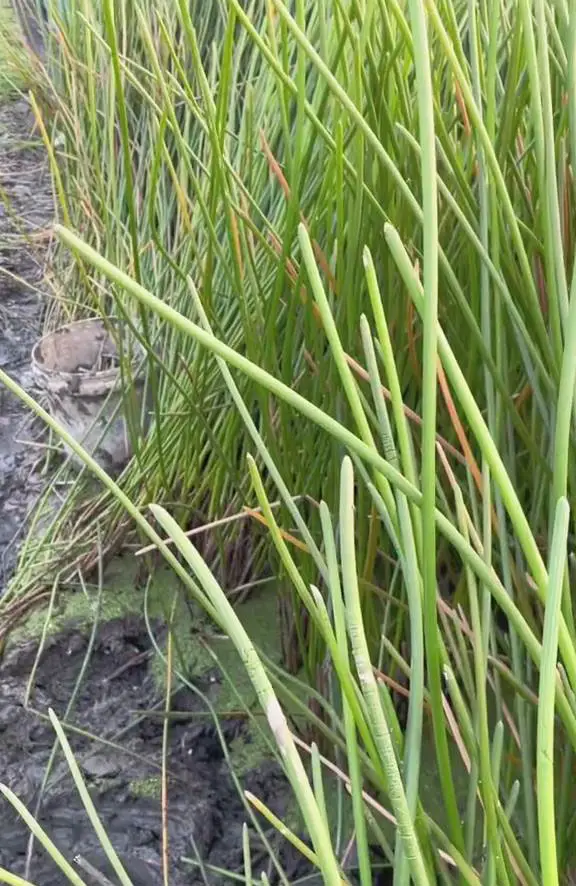
Water chestnuts are not tree nuts
Unlike chestnuts that are seasonal, water chestnuts are readily available in Asian supermarkets as fresh or canned. If you are buying fresh water chestnuts, make sure to get the ones that are not wrinkled or mushy. For a better flavor profile, I suggest buying fresh than canned water chestnuts as canned tend to be more bland.
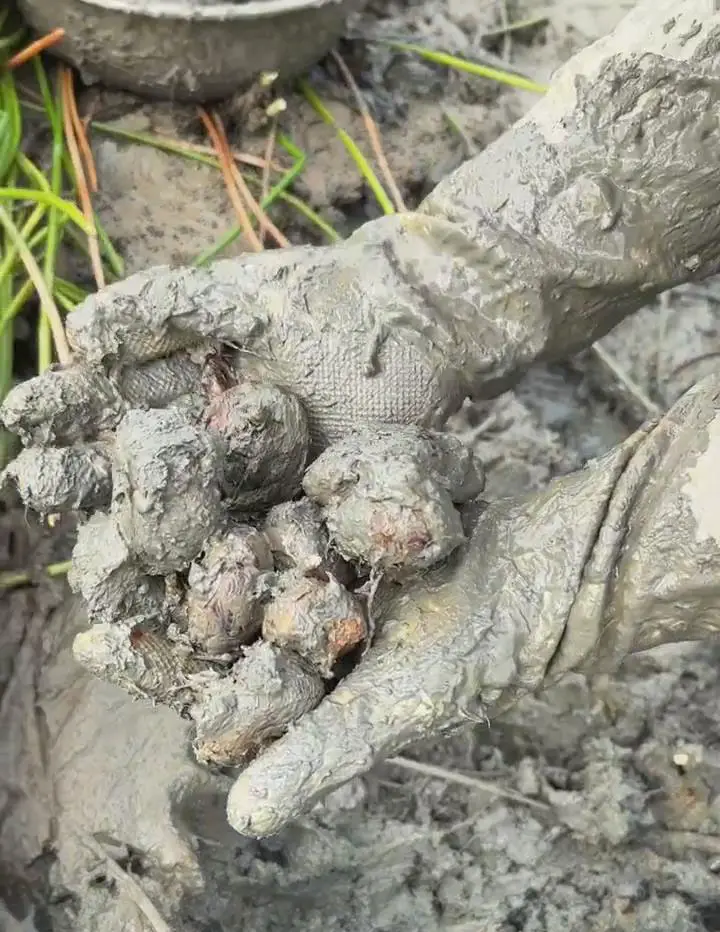
Appearance

Water chestnuts are round and small with a yellow to brown color. Its appearance has a knobby texture.
Taste & Texture
Raw and cooked water chestnuts have a different flavor and texture. Raw water chestnuts are sweet and have a satisfying crunch. On the other hand, cooked water chestnuts are firm with a slight crunch. Cooked water chestnuts have notes of nutty flavor, which may not be distinguishable when cooked with other ingredients.
Basically, raw is sweeter than cooked or canned water chestnuts. The taste of fresh water chestnut can also be described as a combination of apple and coconut.
How To Use Water Chestnuts
Similar to chestnuts, you have to peel water chestnuts before eating them. So if you are going to incorporate this into your recipes, it will generally take a lot of time to peel them before mixing it into the dish. You can broil, boil, grill, and stir-fry water chestnuts.
Preparing fresh water chestnuts is different from canned ones. You need to cut the top and bottom parts of the water chestnut and remove the skin before cooking. When cooking water chestnuts, you will love how they stay crisp even after cooking. Nevertheless, it is still best to add water chestnuts at the end of the cooking process to have a crunchier texture.
Here’s how you can use water chestnuts:
- Stir-fried dishes
- Salads
- Soups
- Steamed dishes (such as Chinese Steamed Pork With Water Chestnuts)
- Fillings
- Noodles
- Rice recipes
- Dessert (such as water chestnut cake)
How To Store
Water chestnuts typically spoil faster than chestnuts, especially after being exposed to air. The longer it is stored, the less crisp it becomes. For unpeeled and uncooked water chestnuts, you can keep them in the fridge for a week in an airtight container.
If you have canned water chestnuts, keep them in the cupboard away from direct heat and sunlight. Once the canned water chestnuts are opened, they can be kept in the fridge in an airtight container for up to three days.
A Comparison Of Chestnuts Vs Water Chestnuts
| Type | What Is It? | Appearance | Taste & Texture |
| Chestnuts | Edible fruits that grow from trees belonging to the plant family of Fagaceae |
|
|
| Water Chestnuts | Aquatic vegetables from the Cyperaceae plant family that grow underwater |
|
|
Final Thoughts
It is clear that chestnuts and water chestnuts are completely different in various aspects and come from two different types of plants that are not at all related to each other. Thus, it cannot be substituted or interchanged in recipes because of its taste and texture differences. Nevertheless, both types are a perfect addition to your dishes for their nutritional benefits. It is gluten-free, highly fibrous, cholesterol-free, and low in fat content.
Have you ever used chestnuts or water chestnuts before? If so, how did you use it for your dishes? Share your tips and recommendations below in the comments section. Follow Kitchen Misadventures on Instagram and TikTok for more informative guides!

